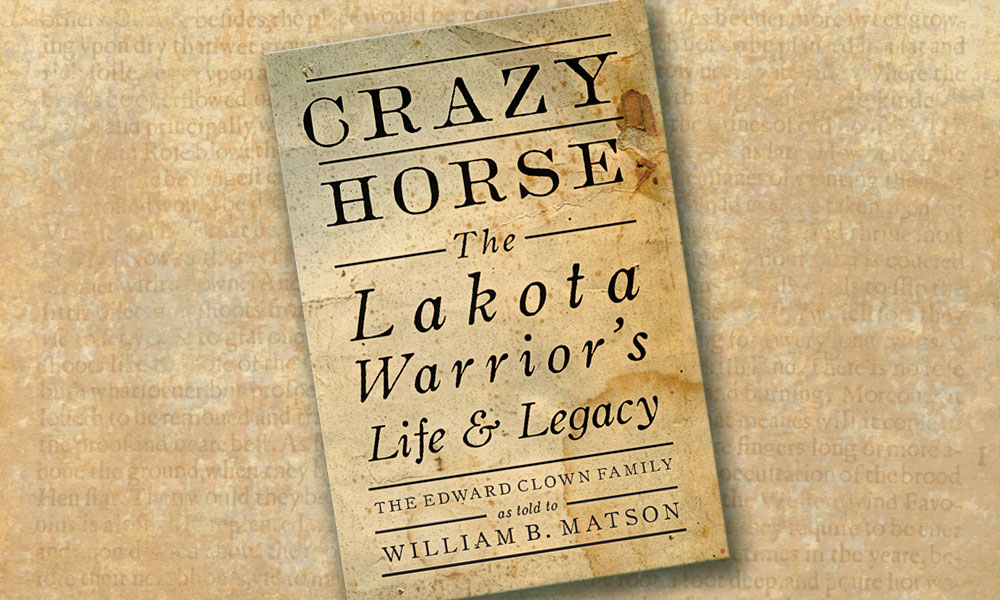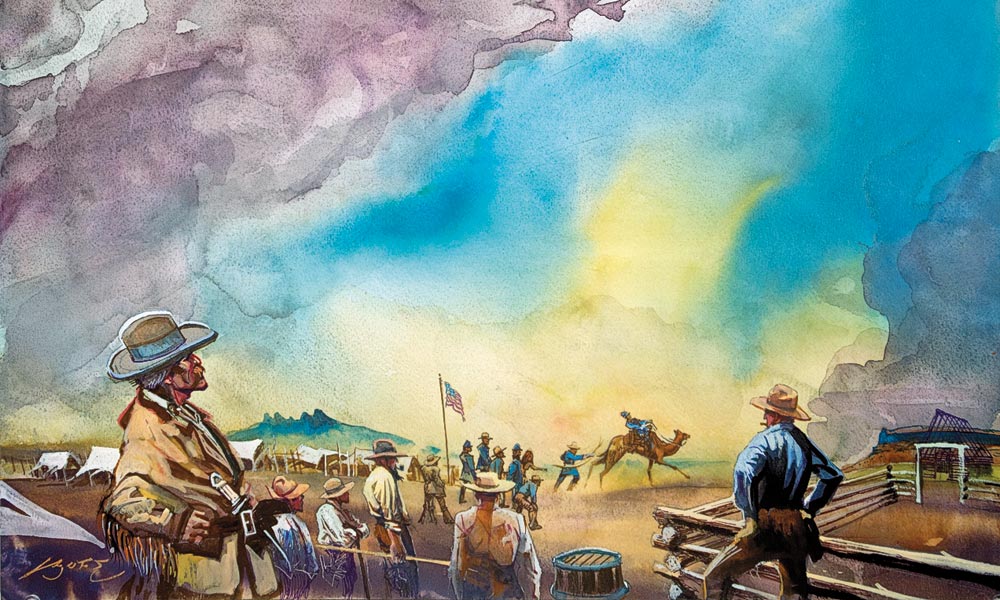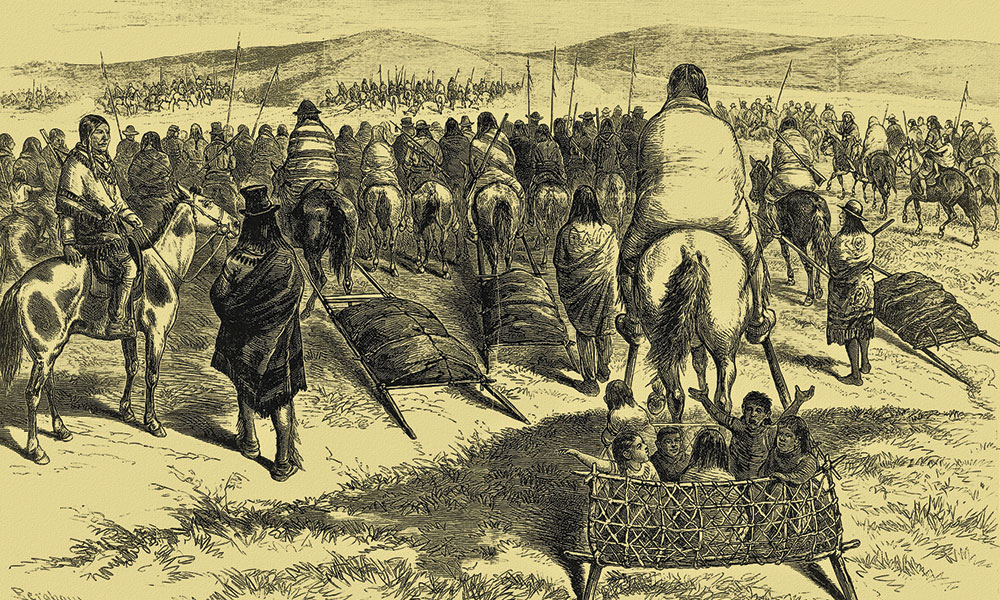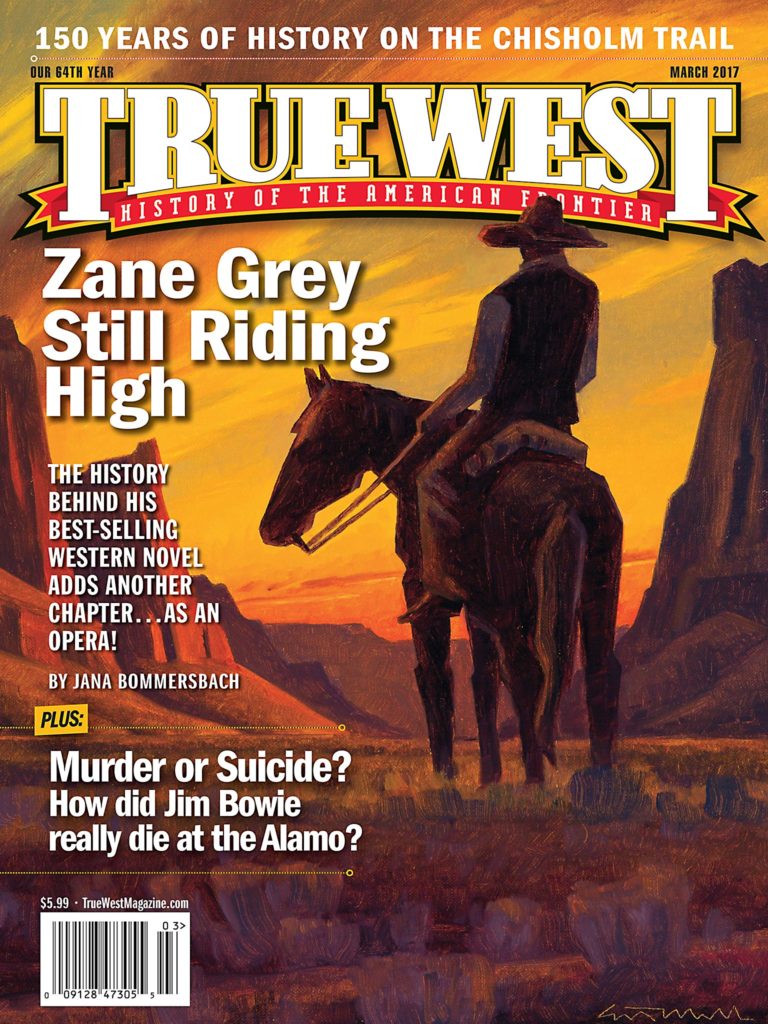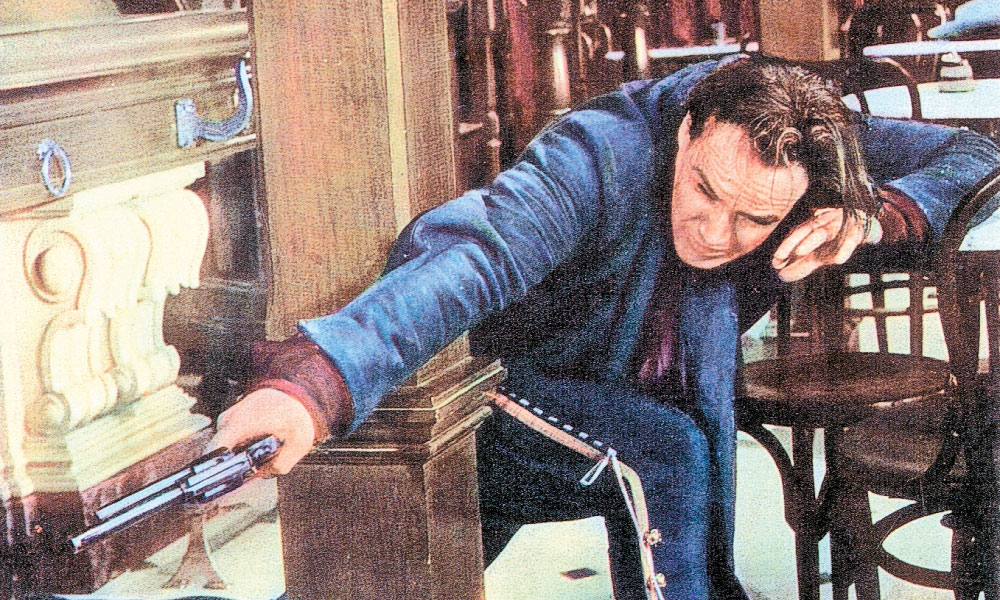
Hollywood loves the catchy, visual “piece of business,” as moviemakers like to say. One thing that has caught on big-time with modern films, and in real life on the big cities’ “mean streets” among gangbangers and other criminals, is the “sideways” “gangster” or “ghetto” grip. It’s a way of holding and firing a handgun while grasping the gun sideways with the palm of the hand down and the barrel held sideways. When gripping in this manner, the shooter sights down the side of the barrel rather than holding the handgun properly, to sight along the top of the barrel, using the front and rear sights. To many, it evidently has a certain “cool” look about it, but that’s where “being cool” ends.
When it comes to live fire, the sideways grip not only does nothing to aid in accuracy; rather, it impedes it. However, in Tinsel Town, visuals do not have to have any basis in reality. In movie talk it’s called “suspension of belief,” an important factor in selling the audience on exaggerated and unbelievable action scenes and super hero stunts. Remember, these are actors firing blanks that have no recoil, and it’s the screenwriters who determine who gets shot—not the character doing the shooting. However, when “reel” antics leave the screen and become real, the savvy hand-gunner won’t have anything to do with this sideways hold.
As for filmdom, it appears that Glenn Ford first used this method while demonstrating his fast-draw skills to local townsfolk in the 1956 Western, The Fastest Gun Alive. In it, Ford quickly swipes his Colt across his cartridge belt sideways, using this hold and cocking the hammer against the belt as he makes his draw. Then in the 1961 classic One Eyed Jacks, Marlon Brando relies on the sideways grip in a saloon shootout with a “scum-sucking pig”
who was roughing up a bar girl. Brando crouched behind the roof-support beam in the saloon and quickly fired several shots while holding his six-gun in this manner. Incidentally, the gun Brando fired so quickly was actually a Colt New Service double-action (DA) revolver with an ejector housing added, to give it the appearance of the 1873 Peacemaker (SA) he’d been packing, allowing the actor to fire faster in double-action mode.
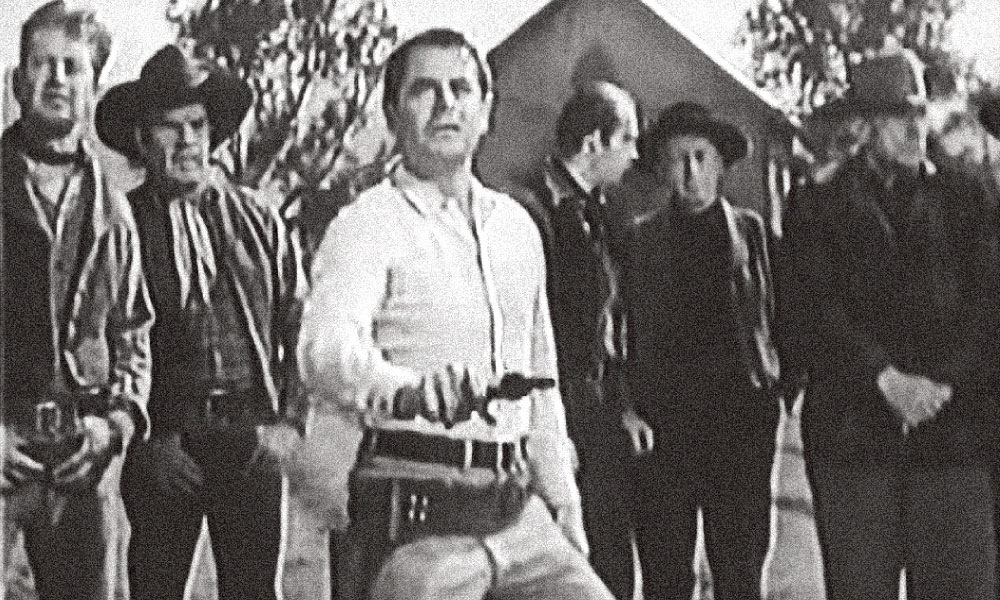
– Courtesy MGM –
Several years ago, while performing some handgun tests for Guns & Ammo magazine, as a personal experiment, I gave the sideways grip a tryout with a couple of handguns. Standing about 21 feet (combat course distance) from a silhouette target, my rapidly fired shots from a ’73 Colt SA and a 1911 semi-auto pistol, were somewhat scattered. Despite having my aim thrown off by this grip, I was able to place a few critical hits on target—but at great discomfort to my wrist. No matter how a large-calibered handgun is fired, recoil will occur in the direction of the true top of the barrel, causing immediate drift from the target. This unorthodox hold causes the wrist and forearm to be torqued uncomfortably. I could readily see that in a realistic situation, I would have put myself at a serious disadvantage by using this “cool looking,” but tactically silly hold. If this were truly an effective handgun hold, it would have been adopted generations ago by professional shootists.
So, the next time you see someone using this so-called cool sideways grip in a modern film, take pity on the poor fool, good guy or baddy. If it were a real life situation, rather than a “reel life” action drama, it’s likely that Mr. Shooter would get “cooled off” in a hurry.


